I have always been attracted to symmetry. Ever since childhood, symmetry and equilibrium have always put me at ease and gave me a sense of aesthetic satisfaction.
In graduate school, I studied the process of differentiation (read “development”) of nerve cells called neurons. Neurons have beautiful architecture, but are never actually symmetrical. Yet they still give that sense of balance.
One metric of neuronal differentiation is the measurement of their processes called neurites. Neurons send out their neurites in all directions to sense the surrounding environment and bring information back to the mother ship – the cell body. Their growth and branching can be measured using so called Sholl analysis, in which you draw multiple concentric circles around the cell body and count the number of times each circle intersects with a neurite. That gives a good measure of neuronal branching, which is directly proportional to the cell’s capacity of receiving and integrating information.
While my project primarily required calculating the percentage of cells that met a certain criteria of minimal differentiation, when I first found out about Sholl analysis , I tried very hard to find an application for it. I was secretly hoping that the treatment I applied to the cells would have an observable effect on their branching, just so that I could get the aesthetic satisfaction of performing Sholl analysis. It seemed a bit silly, but brought a different type of gratification.
Towards the end of this summer, I found myself in need of finding a few peaceful moments. I sat down in a local park after work and sketched out a diagram of Sholl analysis with a beaded neuron in the middle. This idea has been in the back of my mind ever since I started NeuroBead.
Weeks later, my daughter saw the sketch in my notebook and asked how I could draw out every single bead in the sketch. I smiled.

The actual challenge came much later, when I began to brainstorm how to assemble the framework for this piece. It needed to be sturdy but floating, concentric but three-dimensional. It reminded me of the spiral of knowledge I wrote about in my personal statement for graduate school.

Here is the finished piece that still pulls at my heartstrings. It gives a sense of peace and balance, while leaving enough room for individuality, curiosity and exploration as the neurites project their tips in different directions to make sense of their surroundings.
They are pushing their limits to explore the unknown.
“Branching Out” is one of my more affordable works and is available here.
Art is my emotional outlet and my oasis. I use art to express my feelings and work through life issues. Come join me on this journey of letting go of control and letting the creative process take over. You will get access to all of the behind the scenes footage and see the major breakthroughs that translate into new artwork.
Please join my Mailing List & receive:
- Special sneak peeks at new artworks and my creative process
- First dibs on new pieces
- And a FREE photobook of my work (by email)!
- NO spam ever!
hk
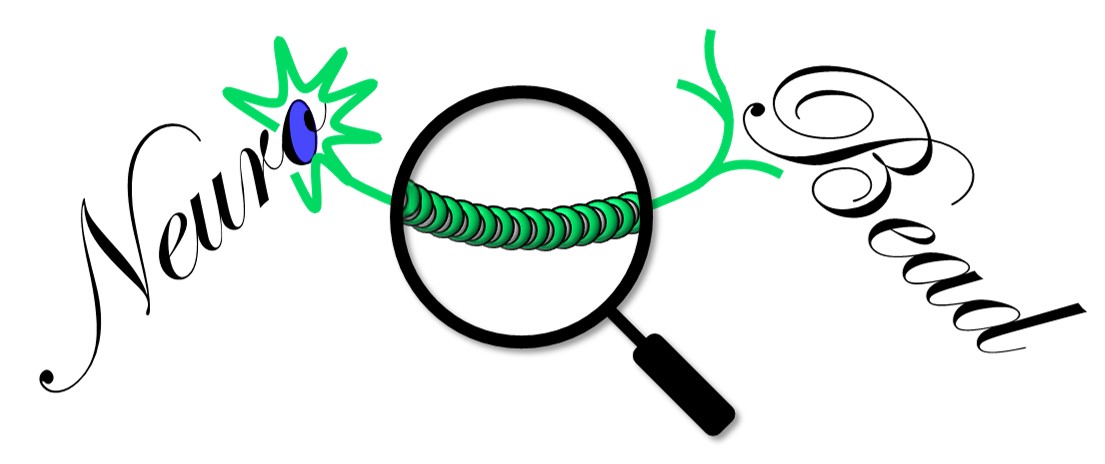
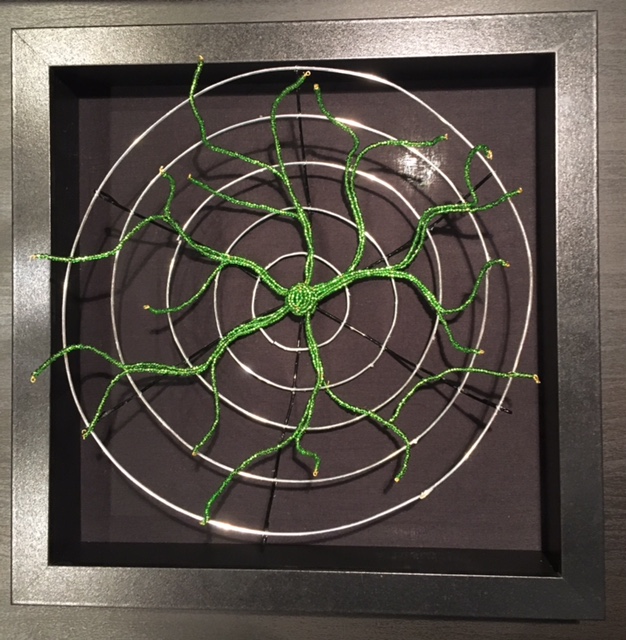

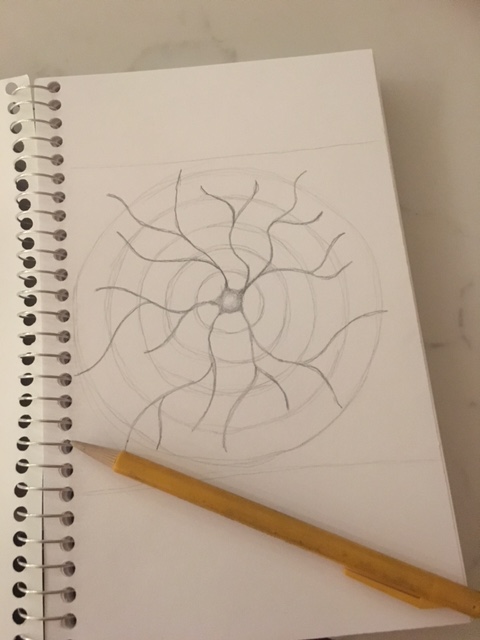







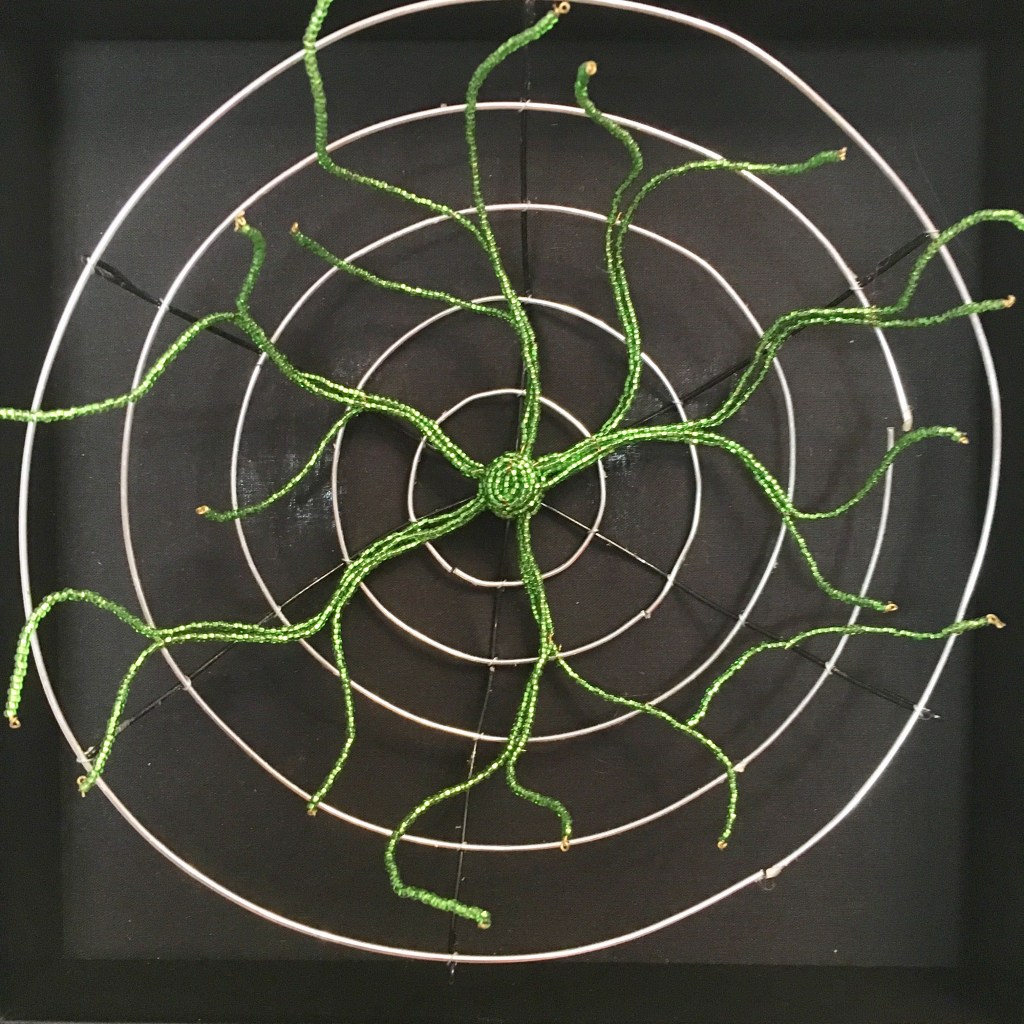
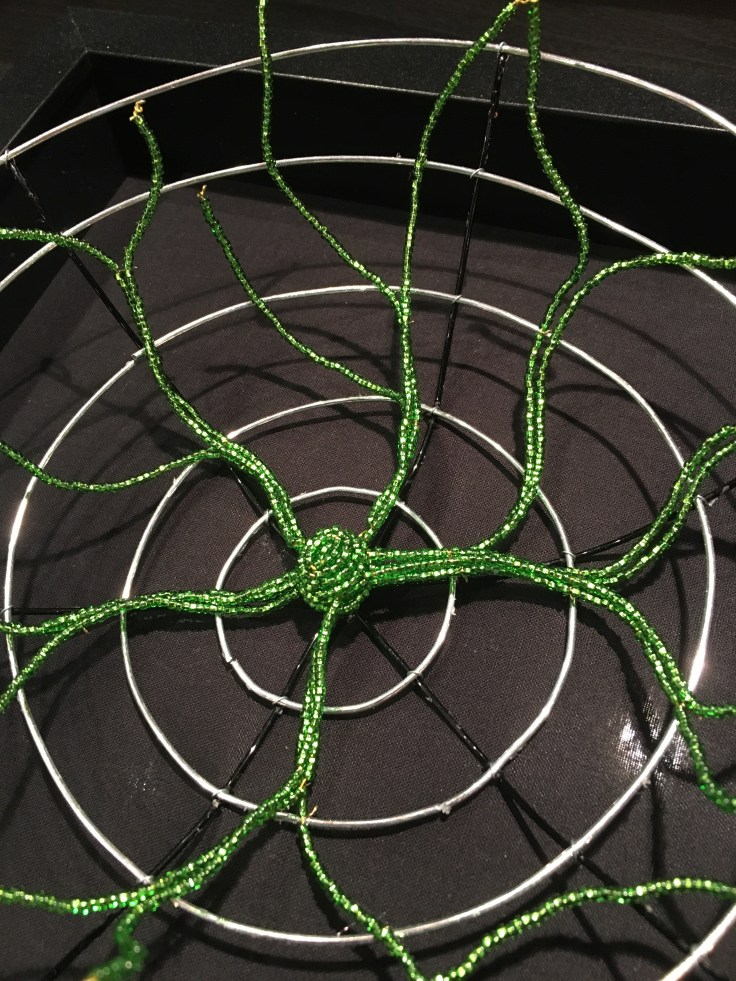
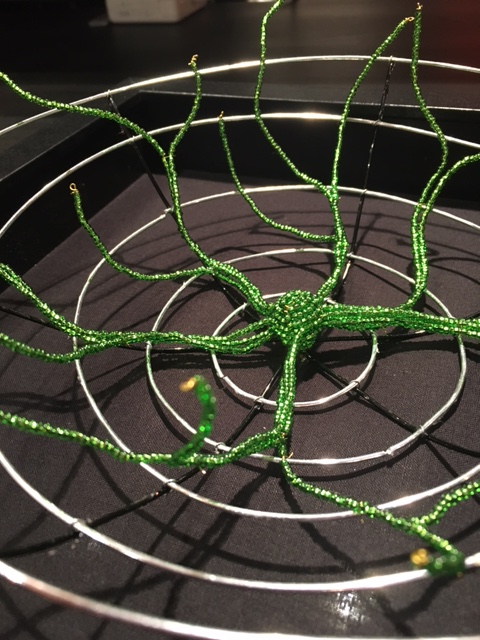
I first saw this piece in your blog from Dec 22. I liked it, but wondered about the concentric circles. Now that I know what they mean, this piece takes on a whole new meaning. I just love how you meld science and art together.
LikeLiked by 1 person
Thanks a lot, Karen! I am glad that my blog brings some light to the artwork that I would like to communicate to the world. I don’t think that the picture really shows it, but the rings actually stick out of the frame toward the viewer, following my theme of science not being confounded by the frame.
LikeLike
I saw it as the rings sticking out from the frame. The pictures were good.
LikeLiked by 1 person